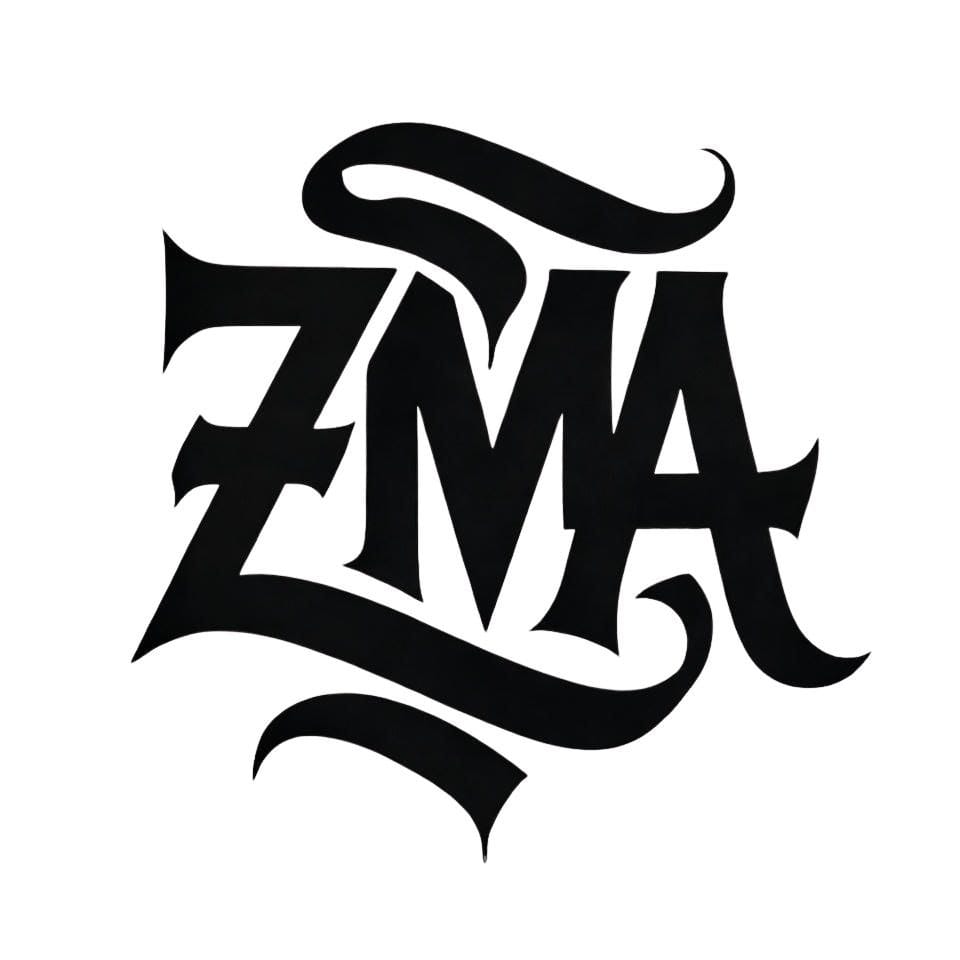Introduction to the Horse Stance :
The Horse Stance, also known as Ma Bu in Chinese martial arts, is a fundamental training position used across many martial arts styles, including Kung Fu, Karate, Taekwondo, and Pencak Silat. It is designed to build leg strength, stability, endurance, and mental discipline.
In this stance, the practitioner spreads their feet wide, bends the knees deeply—as if sitting on an invisible horse—and maintains an upright posture. Though it may look simple, holding the horse stance for extended periods challenges the entire lower body and core.
The Horse Stance is often used to :
- Develop strong thighs, glutes, and hips
- Improve balance and posture
- Train mental focus and determination
- Lay the foundation for powerful strikes and movements
Martial arts masters have long emphasized the importance of mastering this stance before progressing to more advanced techniques. It teaches patience, resilience, and control—qualities essential for both martial arts and life.
The Horse’s Stance : A Comprehensive Guide to Understanding Equine Posture
A horse’s stance is more than just how it stands; it’s a vital indicator of its health, mood, and readiness for activity. For horse enthusiasts, riders, and trainers, understanding equine posture is essential for ensuring a horse’s well-being and optimizing performance. In this article, we delve into the nuances of a horse’s stance, exploring what it reveals and how to interpret it effectively.

Why Is the Horse stance Important ? :
The stance of a horse can provide a wealth of information about its physical and emotional state. Observing how a horse distributes its weight, the position of its legs, and the alignment of its body can:
- Indicate signs of pain or discomfort.
- Reflect the horse’s level of relaxation or alertness.
- Signal readiness for riding or other activities.
- Help identify potential lameness or injuries.
Understanding these signals allows caretakers to respond appropriately, preventing minor issues from escalating into significant problems.
Key Elements of a Healthy Horse Stance :
- Even Weight Distribution: A healthy horse stands with its weight evenly distributed across all four legs. If a horse consistently shifts weight off one leg, it may indicate soreness or injury.
- Leg Positioning:
- Front Legs: Should be straight and sturdy, supporting the horse’s front end.
- Hind Legs: Ideally positioned slightly under the body, providing balance and readiness for movement.
- Head and Neck Alignment: A relaxed horse will often hold its head in a neutral position, with ears forward or slightly tilted towards sounds.
- Back and Spine Posture: A level back indicates comfort, while an arched or hollowed spine might suggest pain or tension.
Common Stance Issues and Their Implications :
- Resting a Hind Leg: While it’s normal for a horse to rest a hind leg occasionally, consistently doing so could signal discomfort or injury in the opposite leg.
- Camped-Out Stance: When a horse’s legs are stretched far out in front or behind, it may indicate laminitis or other hoof-related issues.
- Pointing a Front Leg: A horse pointing one front leg forward might be relieving pressure due to pain or injury in that limb.
- Weight Shifting or Pacing: Constant shifting of weight or inability to stand still can be a sign of nervousness, pain, or discomfort.

Tips for Observing and Improving Your Horse Stance :
- Regular Checkups: Schedule routine veterinary and farrier visits to ensure your horse’s musculoskeletal health.
- Monitor Behavior: Spend time observing your horse in different settings to identify any changes in posture or movement.
- Comfortable Environment: Provide a stable surface and sufficient bedding to encourage natural, healthy stances.
- Proper Hoof Care: Maintain regular hoof trimming and shoeing to support balanced weight distribution.
Conclusion :
The Horse stance is a window into its overall health and well-being. By paying close attention to its posture, caretakers can detect early signs of discomfort, ensuring timely intervention and better care. Whether you’re a rider, trainer, or horse lover, learning to interpret equine posture is a valuable skill that enhances your connection with these magnificent animals. Prioritize your horse’s health, and you’ll enjoy a stronger partnership and improved performance.

